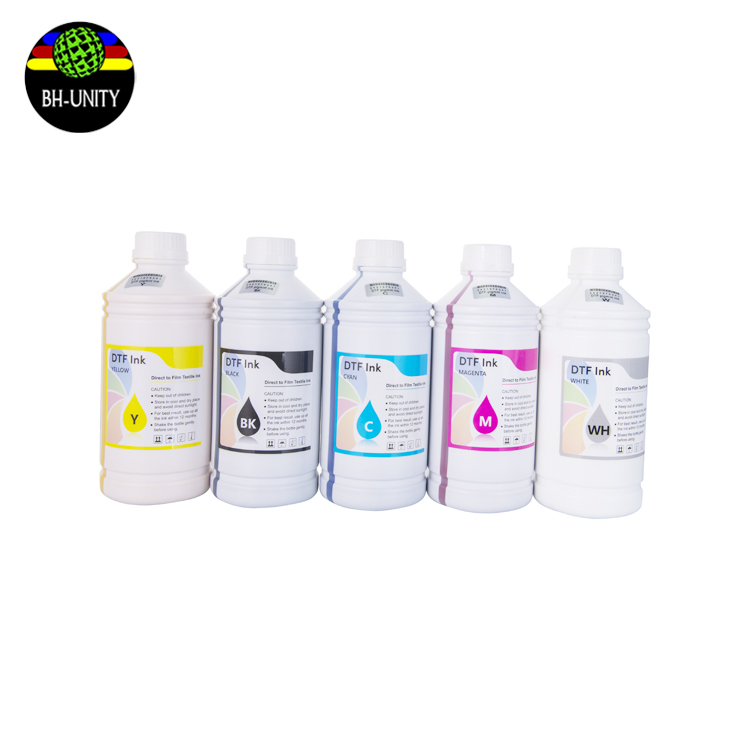Market Supply and Demand Dynamics of DTF Ink
Market Supply and Demand Dynamics of DTF Ink
In the dynamic world of digital textile printing, Direct-to-Film (DTF) technology has emerged as a pivotal innovation, revolutionizing the way designs are transferred onto fabrics. DTF Ink, a crucial component in this process, is currently experiencing notable shifts in its market dynamics.

Supply Side Trends
DTF Ink manufacturers have ramped up production capacity significantly in response to growing demand from textile printers worldwide. Major suppliers such as XYZ Inks and ABC Solutions have expanded their facilities to meet the burgeoning needs of digital printing houses. This expansion not only aims to fulfill current orders but also anticipates future growth in the DTF sector.
Furthermore, advancements in ink formulation technology have led to improvements in print quality, durability, and color vibrancy, enhancing the attractiveness of DTF Ink among end-users. Manufacturers are increasingly focusing on eco-friendly formulations, aligning with global sustainability goals and regulatory requirements.
Demand Side Dynamics
On the demand side, the market for DTF Ink has witnessed robust growth across various geographical regions. North America and Europe continue to dominate consumption, driven by a strong presence of fashion and apparel industries adopting digital printing technologies. The ability of DTF Ink to print on a wide range of fabrics, including cotton, polyester, and blends, has further fueled its adoption in these markets.
In Asia-Pacific, particularly in countries like China, India, and South Korea, rapid industrialization and increasing disposable incomes have propelled the demand for digitally printed textiles. This region not only serves as a manufacturing hub but also boasts a growing domestic market for customized and high-quality printed fabrics.
Challenges and Opportunities
Despite the positive outlook, the DTF Ink market faces challenges such as fluctuating raw material costs and the need for continuous innovation to stay ahead in a competitive landscape. Manufacturers are investing in research and development to introduce new ink formulations that cater to emerging trends such as sustainability and faster curing times.
Looking forward, the market presents ample opportunities for growth, driven by expanding applications beyond apparel to include home textiles, accessories, and even industrial products. The shift towards on-demand and personalized printing is expected to further boost the adoption of DTF Ink among printers seeking versatility and efficiency in their operations.
In conclusion, the DTF Ink market is poised for continued expansion, supported by technological advancements and evolving consumer preferences. As suppliers and manufacturers adapt to these changes, the industry is set to witness further innovations that redefine the future of digital textile printing.
